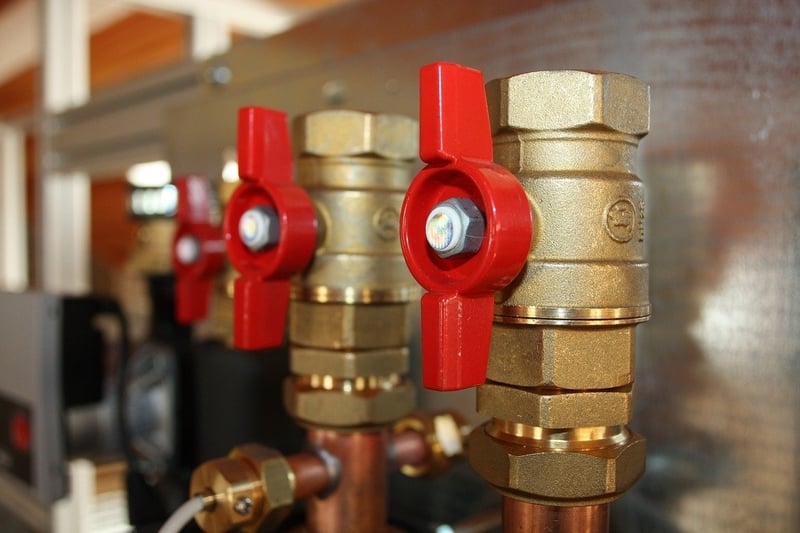When shopping for radiators, it isn’t just the ideal radiator you’re looking for, but all the bits and bobs that come along with it so your installation will look the part. The most notable accessory, and arguably the most important piece of equipment for any radiator installation, is the humble radiator valve.
These days valves come in all shapes and sizes, and there’s a different type for every preferred method of heating a room; from simple manual valves that get the job done without a hitch to digital valves controlled via your phone.
It can be overwhelming trying to figure out what valves to buy, so let’s declutter what is out there and clue you into which valves you’ll need for your rooms. Let’s discuss when you’d want to buy specific valve types and why that matters.
When to buy a manual radiator valve

If your home heating is all hooked up to a central hub, or you don’t mind how warm a room is, the simple manual valve is the way to go.
It is best to think of a manual radiator valve like the taps in your sink. You have to manually turn the valve to get a specific level of water to flow in. Obviously, the only downside to doing so is that you can’t see how much water is going in and would have to play about with the valve to get it just right for a room. Manual valves are also the cheapest available, making them ideal for those working within a tight budget. If you have a price in mind, see how much your desired manual valve would cost by checking out the prices (and get a good deal too) at Trade Radiators here.
When to buy a thermostatic radiator valve
Pretty much the standard-bearer for radiator valves these days. Thermostatic valves are the cheapest way of giving you some degree of control over how warm rooms get and how much water you allow into the radiator.
You’ll typically see thermostatic valves have a dial or numbers marked on the side to denote how hot it can get. It is important that when first using these valves, you place them at the lowest number possible to see how adequately they heat a room. Automatically turning them up fully will waste hot water as you’re telling the radiator it needs to get extremely hot (40°C/104°F) to be where you want it.
When to buy a digital radiator valve

I love the fact that improvements in home technology make it so easy to control everything from lighting to heating with the tap of a screen. You might be put off purchasing a digital/smart radiator valve as you’ll think you need to be tech-savvy, but let me reassure you that digital valves are much easier to use than the central thermostat in your home (which we all know you need to be a rocket scientist to understand).
Digital valves are plugged in and connect to the Wi-Fi connection in your home. You can then use a central smart hub, or an app on your phone, to control the temperature of each radiator and when you want them on. If you’re the type of person who wants to keep bills to a minimum and hates wasting energy, they are a must. I would say that they work best if you have electric radiators installed that you would traditionally need to go around and manually turn on every evening.
Related: Smart Home Technology Worth Investing In
Let’s not forget the other aspects of buying valves
When it to choosing your valve, and you know what functionality you need, you still need to ask yourself:
- What shape should I choose?
- What colour works best?
- What size of valve will fit in?
- How accessible do I need my valve to be?
In terms of shape and colour, try and stick to what the radiator already looks like, i.e. if you have a white radiator, get white valves. And looking at accessibility, if you’re installing a radiator in a tight space or for an older relative, opt for valves which have angled handles on top.
I hope using this advice you can get the ideal radiator valve without a hitch.
Have a DIY project coming up?
Make sure you do the best job possible by getting excellent tips from the home improvement section of the website here. Recent articles have looked at the importance of keeping a year-round home maintenance checklist, and how to keep you home germ-free.

